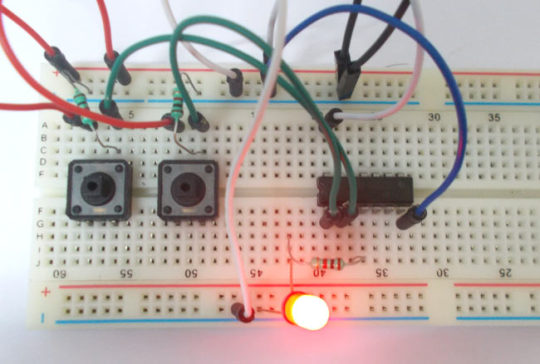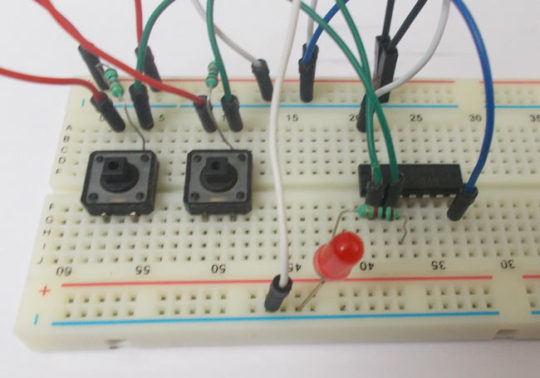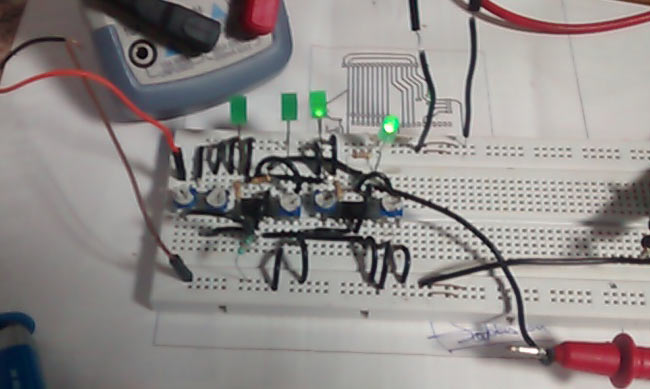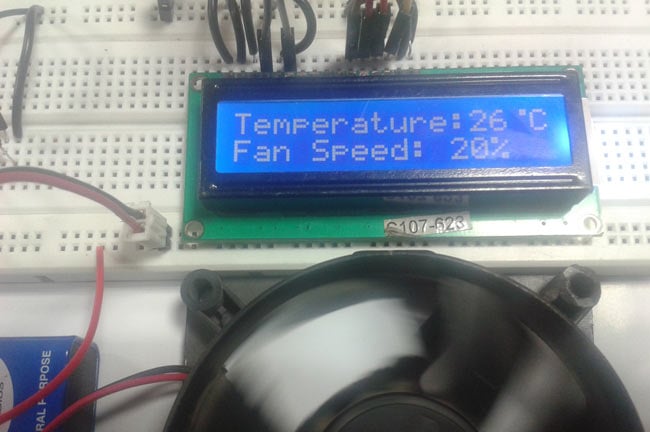Here are few basic arduino tutorials to learn working with the board.
1.
How to blink an LED with Arduino:
ARDUINO UNO is an ATMEGA controller based board designed for electronic engineers and hobbyists. Arduino based program development environment is an easy way to write the program when compared to other environment development programs. Check out the tutorial to learn how to blink an LED with arduino uno board.
In this tutorial we are introducing concept of ADC (Analog to Digital Conversion) in ARDUINO UNO. Arduino board has six ADC channels, as show in figure below. Among those any one or all of them can be used as inputs for analog voltage. The Arduino Uno ADC is of 10 bit resolution (so the integer values from (0-(2^10) 1023)). This means that it will map input voltages between 0 and 5 volts into integer values between 0 and 1023. So for every (5/1024= 4.9mV) per unit.
In this tutorial we are going to interface a
seven segment display to ARDUINO UNO. The display counts from 0-9 and resets itself to zero.
In this tutorial we are going to interface a 16x2 LCD with ARDUINO UNO. Unlike normal development boards interfacing a LCD to a ARDUINO is quite easy. Here we don’t have to worry about data sending and receiving. We just have to define the pin numbers and it will be ready to display data on LCD.
Now for some applications we need more than 30 pins, say if we want to design a 5x5x5 LED CUBE, so for this we need 5x5+5=30pins. For such cases we use serial to parallel converter chips or shift register. A shift register chip takes data from UNO board serially and gives output in 8 bit parallel configuration.
Arduino UNO has 6PWM channels, so we can get PWM (variable voltage) at any of these six pins. In this chapter we are going to use PIN3 as PWM output.
Here we are going to interface a DC motor to Arduino UNO and its speed is controlled. This is done by PWM (Pulse Width Modulation). This feature is enabled in UNO to get variable voltage over constant voltage.
For more such basic arduino tutorials and interesting projects, visit
circuitdigest.com
:





